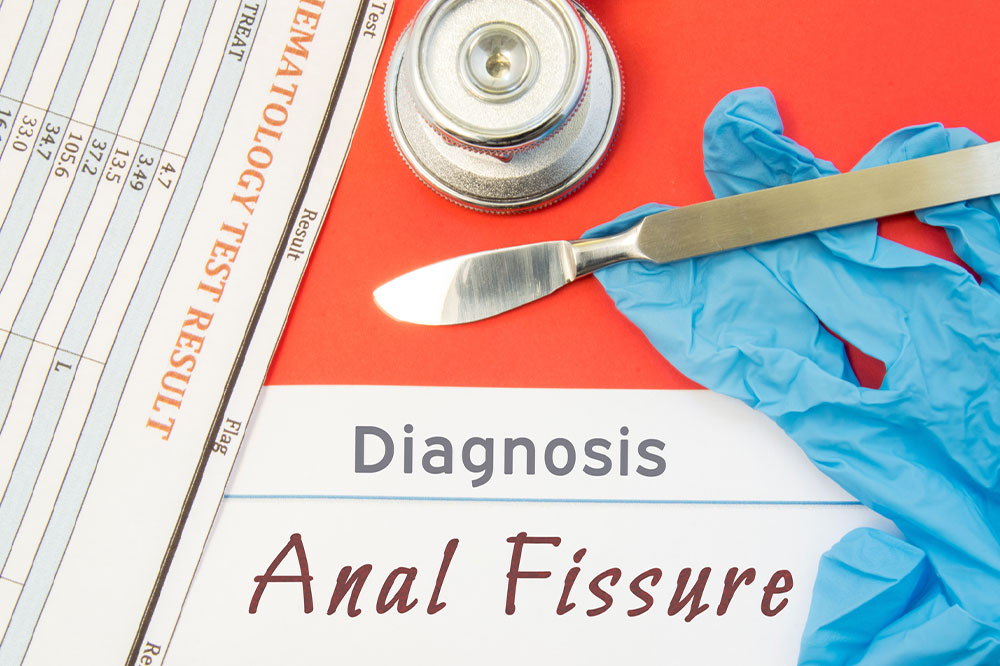Understanding Cerebral Palsy: Symptoms and Treatment Approaches
This article provides an overview of cerebral palsy, highlighting common signs like muscle stiffness, movement issues, and developmental delays. It discusses effective management options including medication, therapy, and surgical procedures, along with home remedies that can help alleviate symptoms. Early diagnosis and professional guidance are essential for optimizing care and improving quality of life for those affected by cerebral palsy.

Understanding Cerebral Palsy: Symptoms and Treatment Approaches
Cerebral palsy arises from damage or abnormal development in specific brain regions, affecting muscle control and coordination. It often manifests in early childhood with symptoms like involuntary movements, poor posture, motor difficulties, and challenges walking or balancing. Early detection is crucial for effective management, so recognizing signs promptly and consulting healthcare professionals is vital.
Key signs include:
Muscle stiffness and hyperreflexia
Involuntary jerky movements or tremors
Walking difficulties, such as wide gait or toe-walking
Impaired balance and coordination
Difficulty with fine motor tasks like writing or buttoning shirts
Speech delays and challenges
Problems swallowing or chewing
Delayed developmental milestones
Vision and hearing issues
Seizures in some cases
If you notice these signs, consulting a healthcare provider is essential for appropriate care.
Management strategies
Although cerebral palsy isn't curable, various treatments help manage its symptoms. Multidisciplinary approaches, including neurologists, therapists, and surgeons, tailor therapies to individual needs. Treatments include medications to reduce spasms and seizures, occupational and physical therapy to improve strength and mobility, speech therapy for communication issues, and surgical interventions for joint or muscle problems. Complementary home remedies, such as regular exercise, yoga, Epsom salt baths, and applying cold or hot compresses, can also aid in symptom relief. Always consult healthcare professionals before starting new treatments or remedies.










